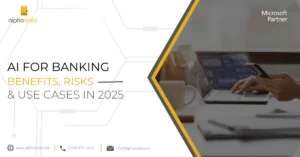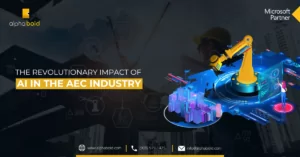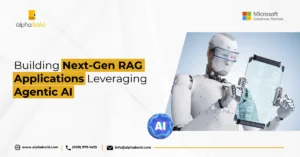Introduction
Robotic Process Automation is a very trendy and promising technology nowadays. It is used to automate the normal business process by using different software robots. These software robots manipulate a vast amount of data while interacting with other integrated systems.
Through automation software, scripting languages are used to automate the series of actions and built-in APIs are used to coordinate with systems. On the other hand, in Robotic Process Automation (RPA) it uses Robots to automate the tasks that humans previously did. Robots are used to simulate human interactive behavior with applications like clicks or typing patterns to achieve desired results.
What Is Bot And Types Of Robotic Process Automation?
So, what is “Bot” or “Robot” in RPA? We can define it simply by saying it is a software program that performs repetitive tasks.
They are trained (programmed) in a way that allows them to perform any sequence of steps by themselves (unattended RPA Bots) to help the workforce on demand (attended bots) or hybrid bots, which use unattended and attended bots in combination. A major task for a bot in RPA is to move data into integrated systems.
Difference Between RPA And Automation
Now, the question arises of how Robotic Process Automation is different from traditional automation. To answer this, we will further elaborate on these two techniques.
In conventional automation, a code must be written in a scripted format, instructing the application to communicate with some other module or component of the application through some medium. APIs are available to establish that communication channel, but sometimes, APIs are unavailable for each task you intend to perform. Hence, for connection establishment, significant IT effort and resources are required.
RPA bots work exactly how humans interact with the system’s user interface, making it different from conventional automation. RPA bots are front-end operators, meaning no coding or APIs are needed to perform the operations. The risks of manual errors are removed using RPA. It is process-driven and focuses on improving the processes to improve the value.
Conventional automation is cheaper during the early stages of development. Still, maintenance costs pile up in the long run, making it more expensive than the RPA, which is a bit costly at the early stages. RPA is a bit costly initially, but once established, it has low maintenance costs due to less time and effort in terms of resources, making it a cheaper option. Conventional automation requires feasibility tests and thorough system analysis; thus, its implementation takes relatively longer than RPA. Programming skills are mandatory for automation, while programmable RPA only requires programmers who can code the instructions. For No-Code RPA, only an understanding of system functionality is required, as it includes the flow charts. In conventional automation, for parallel execution and scalability, programming is obligatory, and physical machines are required; meanwhile, in RPA, users can assign tasks to virtual machines.
With services like functional testing or performance testing, QA is achieved through conventional software application automation. At the same time, RPA coordinates within different modules like HR, Data Entry, Email, and Invoicing, making it more business-centric.
Further Reading: How Artificial Intelligence Can Play A Role In Software Testing?
Let AlphaBOLD Help You Leverage Robotic Process Automation!
AlphaBOLD guides you through the IoT & AI for unparalleled efficiency and innovation. Ready to revolutionize your processes?
Request a DemoBenefits Of Robotic Process Automation
The advantages of RPA are revealed when management plans to run it longer.
- It is cost-effective, easily scalable, and doesn’t disrupt business processes. Some studies have shown that it reduced costs by 80% and achieved positive ROI within a year.
- As RPA Bots are Bots and Software, the precision level is very high, eliminating the human factors of fatigue, confusion, drowsiness, and delay. They just follow the instructions given and comply with them.
- As RPA strictly follows the instructions, this makes it more reliable.
- Cycle time is reduced, and throughput is increased. They run 24/7 to ensure immediate action whenever required.
- Since each step is traceable, exhaustive data is captured from every step that can be reviewed and used for further process improvement and strategic decision-making.
BOLDParser – Invoice Robotic Process Automation
AlphaBOLD’s advanced AI solution, BOLDParser, for invoice processing, also uses RPA to extract data fields from invoices to create corresponding transactions in the relevant business application.
BOLDParser is a one-stop AI solution for all invoice management needs, as it reduces manual intervention in the invoice management process. Furthermore, it helps companies deal with time wastage, human errors, and demotivation due to tedious tasks. Additionally, since BOLDParser is built using Artificial Intelligence invoice automation, it can be trained on non-compliant formats. If you would like to know more about BOLDParser, please watch the video below:
Transform Your Business with Advanced IoT and AI-Powered Solutions
Transform your business with the advanced capabilities of IoT and AI. AlphaBOLD's expertise in these areas can help you automate intelligently, optimizing every facet of your operations for the future.
Request a DemoConclusion
Robotic Process Automation is quite fashionable and the most talked about nowadays, so it has started to draw attention. Businesses were initially reluctant to adopt that strategy for obvious reasons such as discouraging attitudes from the employees and mindset in general. Still, since they have analyzed its impact and benefits, they are implementing it.
Explore Recent Blog Posts






